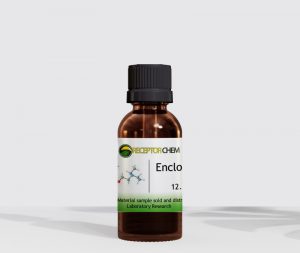Our Company
Receptor Chem - Leading Global Distributor of Selective Receptor Modulator Materials
Contact information
Receptor Chem R&T
Stanmore Business, Science and Innovation Centre
Howard Road
Stanmore, London
HA7 1GB
United Kingdom
+44 7366997493



